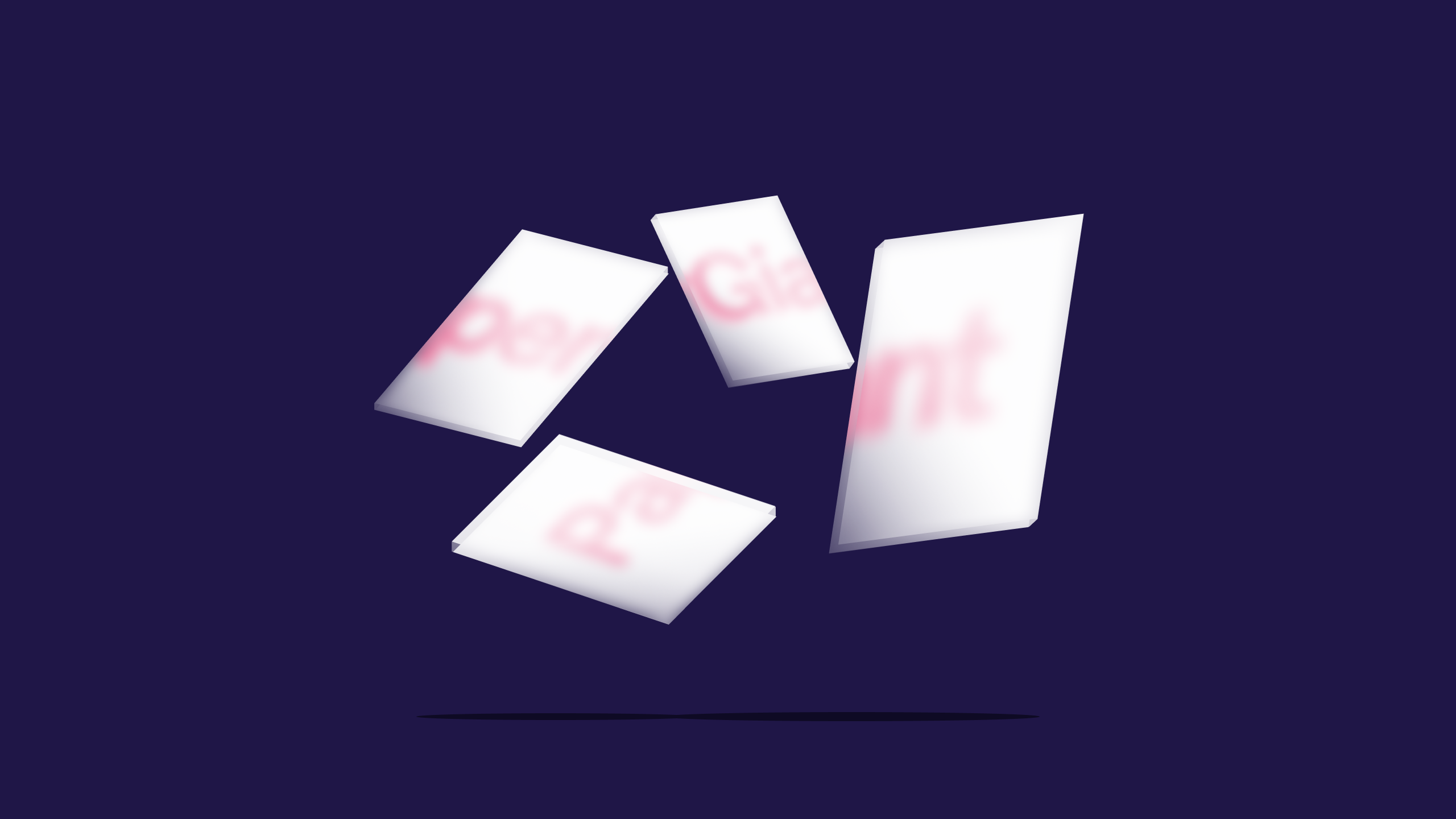ArticlesJuly 6th, 2022
“The space between act and act”: reflective practice at Paper Giant


“[…] each deed you do, each act, binds you to itself and to its consequences, and makes you act again and yet again. Then very seldom do you come upon a space, a time like this, between act and act, when you may stop and simply be. Or wonder who, after all, you are.”
— Ursula K Le Guin, The Farthest Shore
A little while ago, one of my colleagues mentioned that “it’s remarkable that a consultancy like ours makes so much space for reflection”. To be honest, I’d never really thought about it as remarkable, and it got me thinking about why we do it.
It’s true that ‘reflective practice’ has always been essential to the way that Paper Giant works – from its fledgling beginnings seven years ago, to the 35 staff we now have across Australia and the world.
It’s absolutely core to the way that we operate – as a consultancy; as a workplace; as teams; and as individual design, research, and strategy practitioners.
Reflective practice – what is it?
Reflective practice is really nothing complicated. It’s paying attention to, critically analysing, and learning from ‘practice’ – the things that you do every day as part of your work.
In his seminal book The Reflective Practitioner (1983), the philosopher Donald Schön defined ‘reflective practice’ as the way in which professionals become aware of their implicit knowledge and learn from their experience. This, to Schön, takes two main forms:
- reflection-in-action, where people reflect on their behaviour as it happens
- reflection-on-action, where people reflect after the event – reviewing, analysing, and evaluating what happened in order to learn from the experience.
Both of these are necessary. To be able to meaningfully learn from past events, you need to have been paying attention to what you were doing at the time you were doing it.
Paying attention is the key part here. There is a discipline involved in noticing what you are doing, and sometimes stopping what you are doing, so that you can change or improve it. Exercising that discipline is only possible when you allow the space and time for it, from spontaneous moments throughout the day, to planned check-ins throughout the week, to longer reflections after the experience is over.
Reflective practice happens at different scales and different times
At Paper Giant, we care about reflective practice so much that we’ve designed a system where reflection happens at many different scales across the organisation: personal, projects, teams, and org-wide.
Some examples include:
Personal
- Every staff member has regular 1:1 sessions with a performance coach from within Paper Giant, where reflection on individual practice is encouraged.
- Written self-reflections are part of our 6-monthly performance review process.
Projects
- All projects kick off internally with a reflection from the team on their skills, learning goals, anxieties, and potential challenges – to build team connection and to link individual needs with team and project needs.
- All projects have weekly internal work-in-progress meetings to review how projects are progressing, and how things might need to change.
- We conduct project retros where we review how a project has gone, what worked and what didn’t, and we feed these learnings back to the team for future projects.
Team
- We have an operational care practice, where someone from outside of a project (the ‘project carer’) connects with project teams to reflect on how things are going on a personal and interpersonal level.
- Many of our regular meetings start with a check-in, where people reflect on their day or week, to situate themself and remind ourselves of our positionality and humanity.
Org-wide
- We run ‘share’ sessions where teams share back interesting learnings about the practice (how people do their work, rather than the outcomes of the work) with the rest of Paper Giant.
- We have a 6-weekly ‘studio retro’, where we reflect as a group on how the organisation is running, what is going well, what isn’t, and what might need to change, which feeds into our organisational strategy as well as BAU continuous improvement initiatives.
- We run a yearly engagement survey and a yearly ‘vibe check’ (our qualitative version of the engagement survey), and feed back learnings to management and the rest of the team.
- We share business metrics, targets, cashflow, profit margins, and other organisational success and failure with the whole team, so that they can connect individual and team actions with the org as a whole.
This is a lot, and it’s not even the whole list of things that might be considered ‘reflective practice’ Paper Giant.
__Why do you do all of this? What are the implications?
__
With any work, and at any workplace, it’s easy to slip into unquestioned patterns of behaviour that quickly become the culture. What we are trying to do here is avoid the tautological “we do things this way because that’s just how we do things”, by creating intentional moments where we ask ourselves why we do things the way we do.
These moments allow us to see our underlying assumptions and build our culture intentionally.
An intentional culture, in turn, creates a safe space for individuals and teams to be candid about situations, about progress (or lack thereof), and about how to make change within our organisation. It’s safe, because at Paper Giant, reflection is normalised. We don’t see this as ‘navel gazing’ or a waste of time. These moments are in place to show the whole team that it’s okay to question the way things are done.
At the organisational level, staff know that the business has a system for listening to what is going on and for addressing issues. Things still take time and effort to change, and big changes happen slowly even at a small org like ours. But having these systems in place reinforces the fact that the org is listening to itself, and things can and will change for the better when we act on our reflections.
In terms of our consulting work, these moments of reflection give us time to consider and make deliberate connections between our practice and the impact that we have through our projects. By asking ‘why?’ and ‘why not?’ of our methods, tools and processes, we can develop our skills in ways that make positive outcomes from our work more likely.
Reflection is also really important for employee mental health. Being a consultant is stressful work. Space for reflection creates intentional moments of stillness – moments to step back from the stresses of the day-to-day and reconnect with our colleagues – all done with the intention of learning from every experience (good or bad), and improving things for next time.
Ultimately, reflective practice at many different scales allows us to learn: to learn about ourselves and how we work, to learn from colleagues and their experiences, to learn from others’ successes and failures.
The space between act and act
Designers have a bias towards action, towards problem solving, towards responding to problems through making and doing – through acting. But without reflection, how can you know that you are acting in the right way? In a considered way? In a safe way? In a caring way? In an ethical way?
That’s why we’ve created these spaces “between act and act”. We know that, through reflective practice, we will produce better quality work for our clients, a better learning environment for our staff, a better and more deliberate connection between our work and our impact, and a better workplace for all of us.
